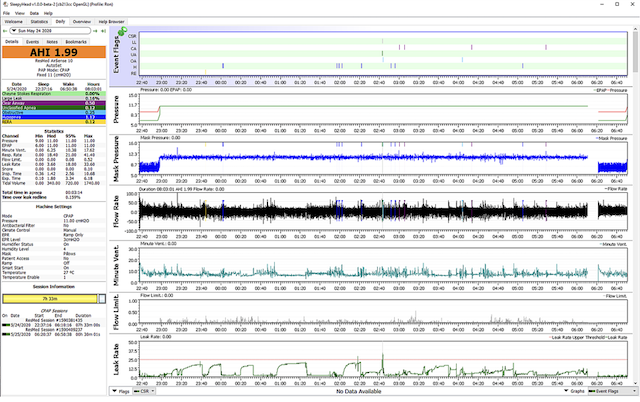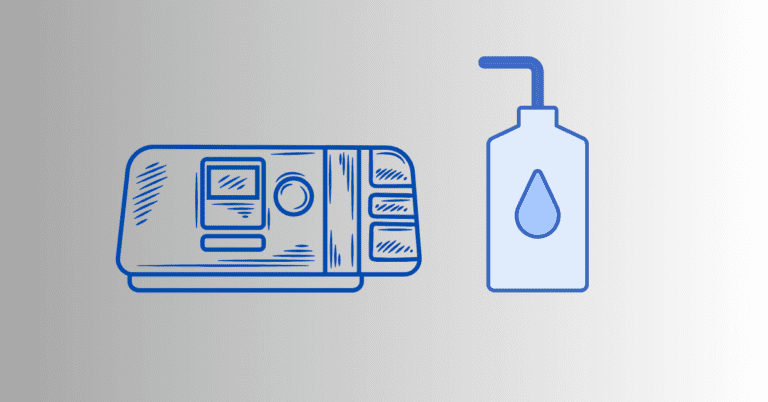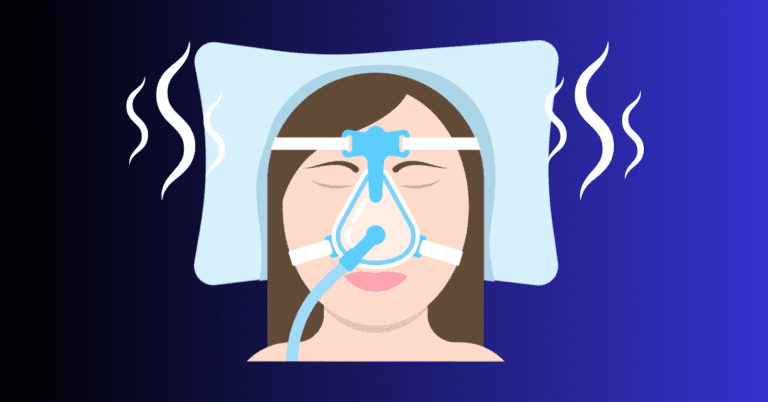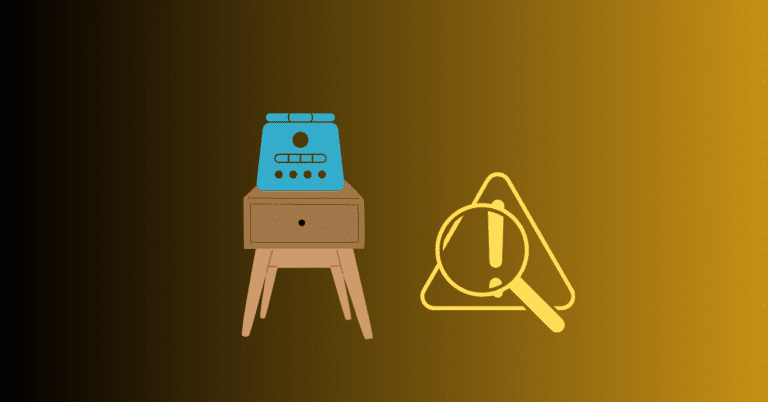Why Does My CPAP Mask Leak?
Jeremy Smith is a long-term CPAP user and sleep apnea advocate. After being diagnosed with severe obstructive sleep apnea, he created ByJeremySmith.com to help others navigate CPAP therapy through personal stories, gear reviews, and practical advice.
Waking up at 2 am to the sound of your mask hissing is a real pain.
I feel your pain. Before you throw your mask across the room tonight, in this article, I’ll go through some reasons why mask leaks can happen and what you can do about it.
I was diagnosed with severe sleep apnea and began using a CPAP machine, which has helped tremendously and turned my life around.
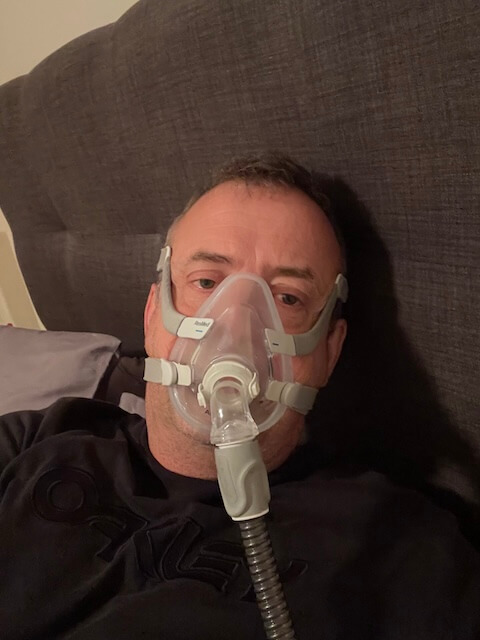
Here I am posing with my mask. It’s a bit difficult to smile with it on!
However, mask leaks can be a persistent issue, so let’s break down the reasons why your mask is leaking and how to address them.
Why Does My CPAP Mask Leak? 😤💨
Waking up to the hiss of escaping air? CPAP mask leaks are one of the most frustrating problems for anyone on sleep apnea therapy.
Trust me—I’ve been there. I was diagnosed with severe sleep apnea and began using a CPAP machine, which has helped tremendously and turned my life around. But in those early days, leaks kept me up almost as much as the apnea did.
Let’s break down the real reasons why your mask is leaking—and how to fix it for good.
What Is a CPAP Mask Leak? 🧐
A CPAP mask leak happens when air escapes from the edges of your mask instead of flowing directly into your airway. That means less pressure support and disrupted sleep. It can also cause dry eyes, noise, and frequent wake-ups.
Even a small leak can throw off your therapy. If your machine keeps ramping up pressure unexpectedly or you’re still waking up tired, this might be why.
The Most Common Reasons for Mask Leaks
1. Poor Fit or Wrong Size 📏
The most obvious culprit? Your mask just doesn’t fit your face.
Fix it: Try different sizes from the same model. Or explore a new style—full face, nasal, or nasal pillows.
👉🏼 Are you a side sleeper? Check out the best masks for side sleepers
2. Over-Tightening the Straps 🔧
Tightening too much compresses the cushion, creating leaks.
Fix it: Loosen the straps slightly and let the mask cushion inflate naturally.
3. Mask Wear and Tear ⌛
Old, worn-out cushions lose their grip.
Fix it: Replace cushions every 1–3 months and full masks every 6 months.
👉🏼 Check out When Should You Replace CPAP Supplies?
4. Facial Oils and Skincare Products 🧴
Even a light lotion can sabotage your seal.
Fix it: Wash your face before bed and clean your mask daily.
5. Changing Sleep Positions 😴
Side and stomach sleepers often struggle more with leaks.
Fix it: Use a CPAP-friendly pillow or switch to a lower-profile mask.
➡️ Try: Best CPAP Pillows to Prevent Mask Leaks
6. High CPAP Pressure Settings 🔺
Higher pressure makes leaks more likely.
Fix it: Ask your doctor about adjusting pressure or try a mask designed for high-pressure use.
How to Tell If You Have a Leak 🕵️
Look for these signs:
- Dry mouth or nose 😖
- Hissing sounds at night 🐍
- Puffy or dry eyes in the morning 👁️
- Frequent wake-ups despite low AHI ⏰
Modern machines display leak data—anything above 24 L/min requires a closer examination.
Pro Tips to Stop CPAP Leaks 💡
✅ Use mask liners – adds cushion and improves seal
✅ Fit your mask while lying down – gravity changes the fit
✅ Try a heated hose – reduces condensation and “rainout”
✅ Choose a flexible frame mask – adapts better to movement
When to See a Specialist 🧑⚕️
Still leaking after trying all this? A sleep tech can assist with mask fitting, pressure tuning, and determining the optimal setup for your needs.
Don’t settle. A good fit can be life-changing. I wake up clear-headed now—no more headaches, no more drowsy afternoons.
Final Thoughts 🎯
CPAP mask leaks are super common—and 100% fixable. Most of us go through a trial-and-error process. The key is patience, minor tweaks, and staying proactive.
If you’re stuck, let me know. I’d be happy to help you troubleshoot or recommend gear based on what’s worked for me.
Disclaimer: The content on this blog is for informational and educational purposes only and is not a substitute for professional medical advice. Always speak with your doctor or sleep specialist before starting, stopping, or changing any treatment or therapy related to sleep apnea or CPAP use.
